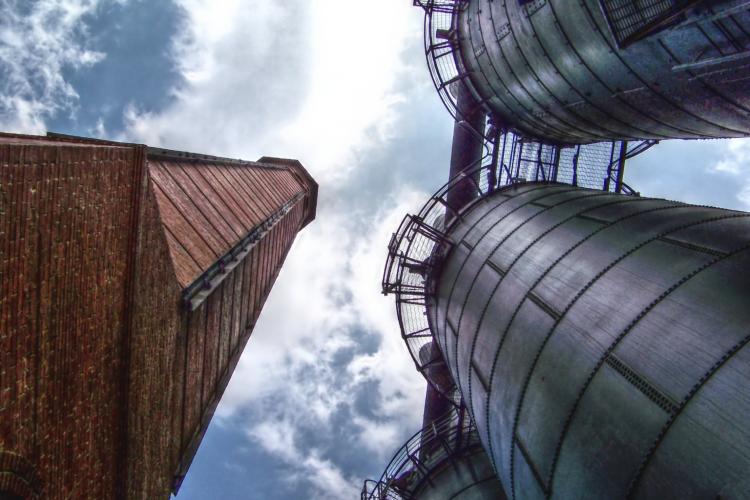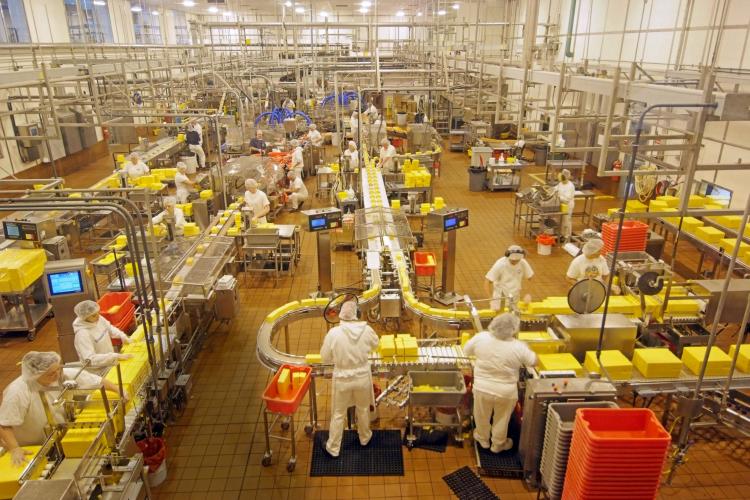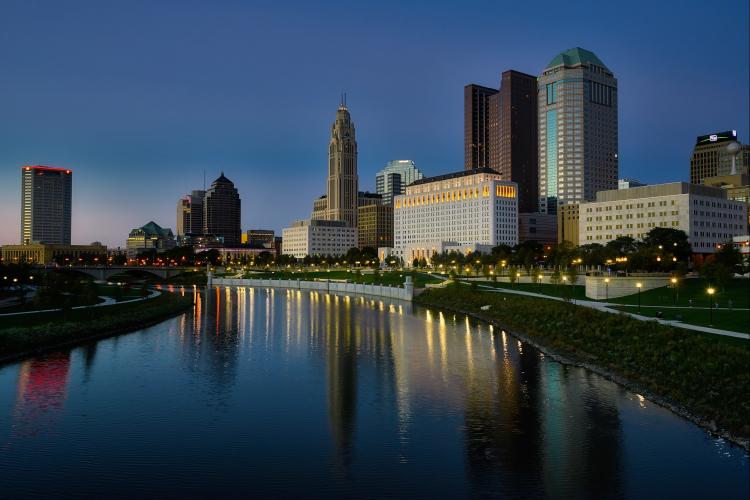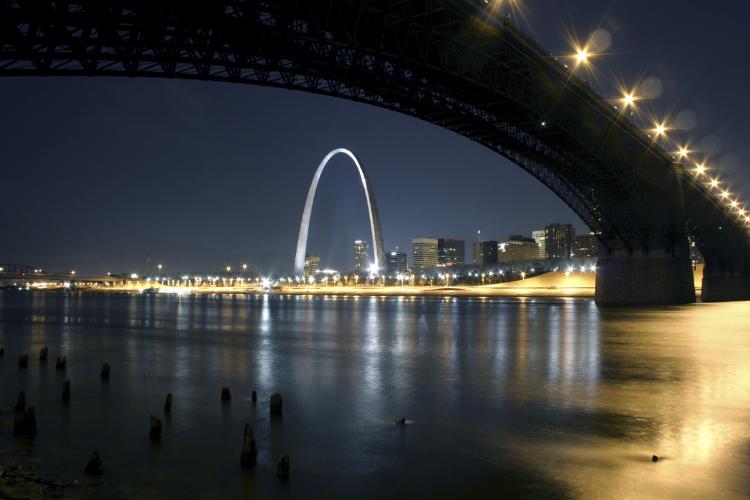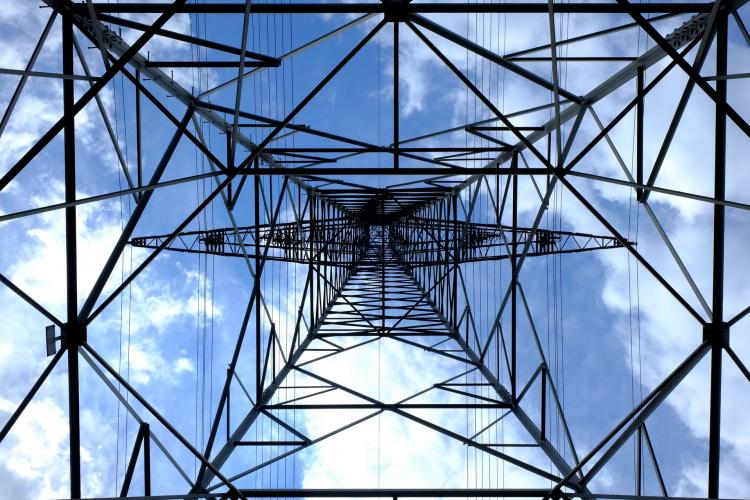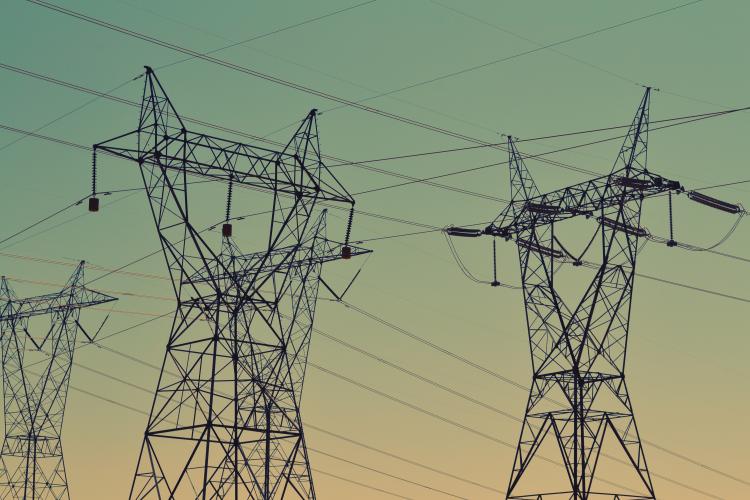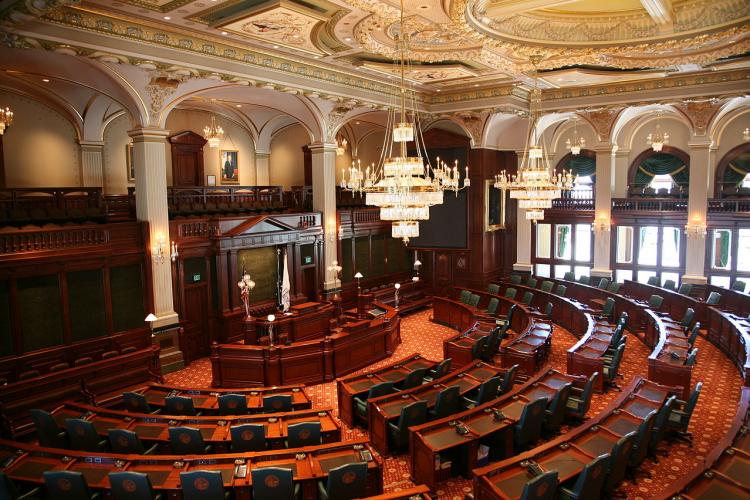Industrial EE Problems? Go Straight to the Source
Industrial energy efficiency is losing ground in the Midwest. Though it’s one of the most cost-effective energy efficiency measures, states are increasingly allowing industrial customers to opt-out of paying into energy efficiency programs or exempting them from doing so altogether. As a result, overall energy savings and the cost-effectiveness of EE programs are on the edge of decline.
